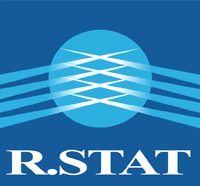Products : R.STAT/S fibres
Security and heat resistance in textiles
Stainless steel is well-known for its electrical conductive properties as well as for its optimal thermal behaviour (resists to very high temperatures).
The R.STAT/S product range:
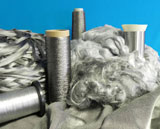
R.STAT/S fibres should be blended at a low rate that will be determined according to the construction of the textile material, according to its conditions of process and use and to the degree of static protection level expected.
When an antistatic/conductive continuous yarn is used, the rate of introduction is of less importance than the way the antistatic/conductive yarn is introduced.
For thermal application, stainless steel is used in pure (glass industry) or blended with other heat resistant fibres (meta-aramid, Kermel, …). .
R.STAT/S fibers characteristics:
Some examples of products
(other articles on demand):
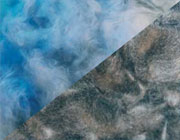
Short length, long length
Pure : 100 % 8µm - 12μm
Blended : 50 % 12μ or 8µ – 50 % PET
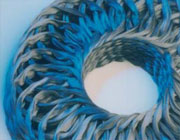
Short length, long length
1 to 6 gr/m 100 % stainless steel
Blends on demand
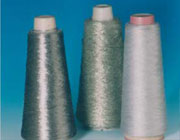
Nm 8 to Nm 15 100 % stainless steel
blends on demand

275fx2x12µ, …
Monofilaments 35 to 500 μm
Other type on demand
Behaviour:
(indicative, only for fibre and not guaranted for the finished product)
(the more the alloy contains nickel, the more the passive layer is insulating and the less nickel is released)
Applications :
 Industrial nonwovens (filtration)
Industrial nonwovens (filtration)






 Glass industry (carglass, glassware…),
Glass industry (carglass, glassware…),

These examples are not exhaustive. Do not hesitate to inquire about your project and we'll find for you the most suitable solution.
Some examples of end-products:
DIN 54345
19 % PET + 1 % R.STAT/S
EN 1149
+ 5 % R.STAT/S
DIN 54345-5
Norms:
Textile material including a suitable content of R.STAT/S fibres can pass the following norms:
- EN 1149 parties 1 (surface resistivity) and 2 (cross resistance): electrostatic properties for protective clothing.
- DIN 54345 :
electrostatic properties of textiles (floorings, nonwovens, fabrics), included part 5 (electrostatic properties of nonwovens for filter media).
These values are non-contractual and just indicative. We reserve the right to complement or amend them. More information, based on assimilated experience, is available on request.
The given examples are only guidelines for you to design your own products. Information will be given on the basis of your own specifications that must have been supplied to R.STAT and is not a guarantee by R.STAT. Control, certification and validation of products (under their final commercial form and under real conditions of use) including R.STAT's technology lies with every user of R.STAT products.
